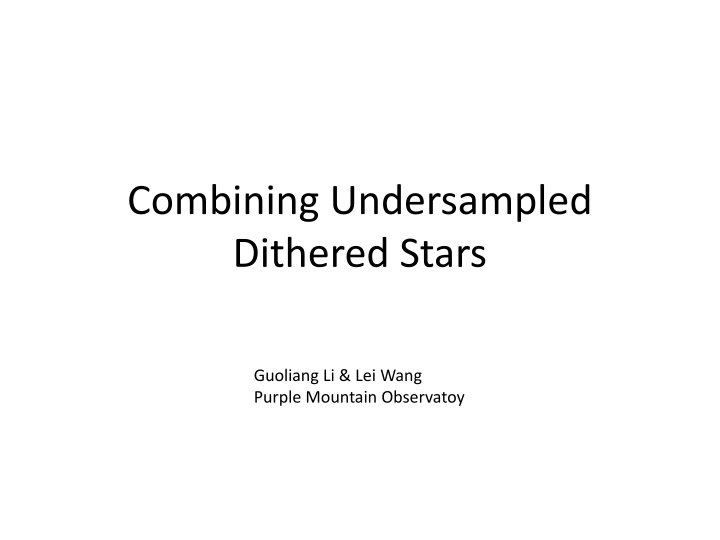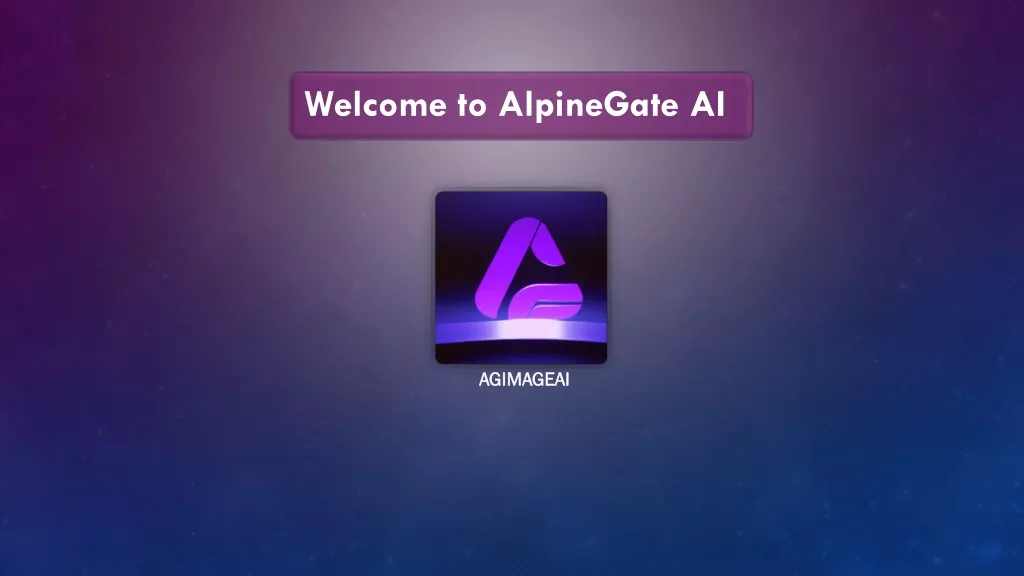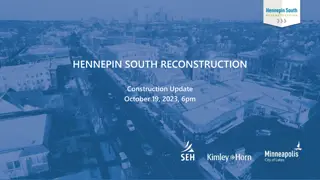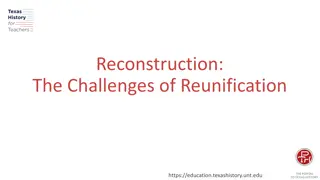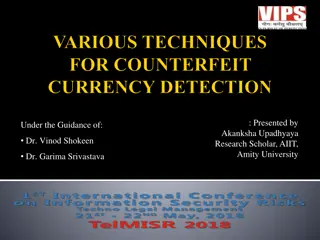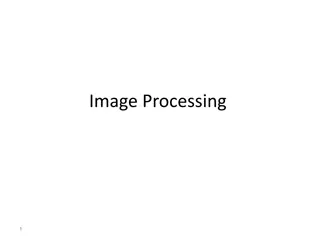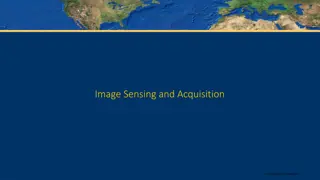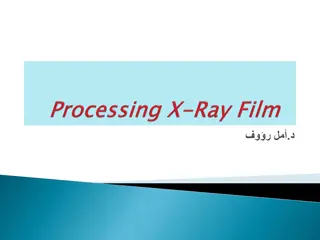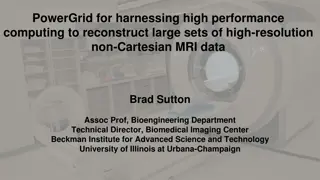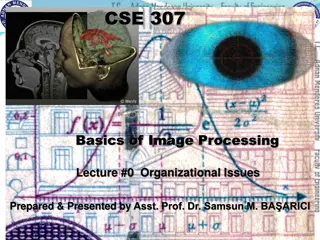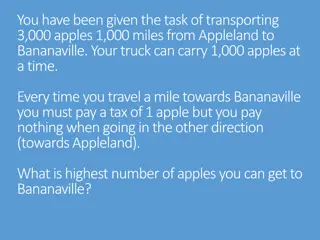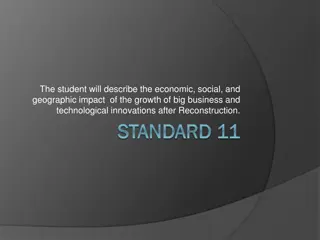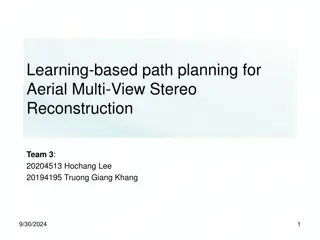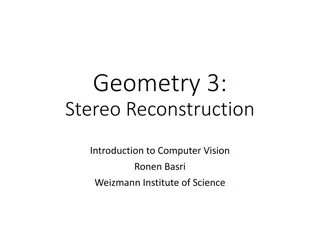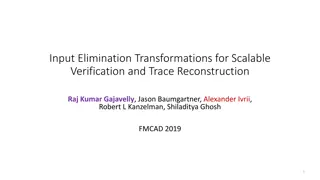Advanced Image Processing Techniques for High-Quality Reconstruction
Cutting-edge methods in astrophotography, such as deconvolution and pixel convolution effects, are explored in this detailed presentation. These techniques offer superior image restoration compared to traditional algorithms, emphasizing the importance of addressing pixelation effects to achieve high-quality reconstructions. The program discussed enables deconvolution of pixelation effects and demonstrates capabilities similar to, if not surpassing, Drizzle. Future directions include handling rotated images, implementing adaptive chi-square thresholds, addressing geometric distortion, and exploring how it compares with iDrizzle regularization.
Download Presentation

Please find below an Image/Link to download the presentation.
The content on the website is provided AS IS for your information and personal use only. It may not be sold, licensed, or shared on other websites without obtaining consent from the author.If you encounter any issues during the download, it is possible that the publisher has removed the file from their server.
You are allowed to download the files provided on this website for personal or commercial use, subject to the condition that they are used lawfully. All files are the property of their respective owners.
The content on the website is provided AS IS for your information and personal use only. It may not be sold, licensed, or shared on other websites without obtaining consent from the author.
E N D
Presentation Transcript
Combining Undersampled Dithered Stars Guoliang Li & Lei Wang Purple Mountain Observatoy
Classic Methods 1.Interlace 2.shift-and-add 3.Drizzle
Convolution effects The original image is a Gaussian profile with sigma=1.5, i.e., FWHM~4 pixels (black line). The ideal observation is a sampling on the red line since of pixel response. Drizzle and shift-and-add method Introduce further pixel convolution effects shown as blue and green lines. The results of Drizzle is restoration rather than reconstruction --Fruchter
Deconvolution with Forward Method Set a target image with same pixel size. The light distribution in each pixel is represented by a 2D polynomial function. Bin this image according the shifts of dithered images and calculate the chi square. Modify the coefficients of each polynomial function to minimize the chi square. Out put the target image with certain pixel size.
Iteration Nneighbour (Ik,i- )2 Pj Nimage Npixel c2= j sk,i 2 k i Pjis the contribution form the j-th pixel of the target image to the i-th pixel of the k-th dithered images. The minimization of chi square function gives 2 = , 0 C jl where Cjlis the l-th polynomial coefficient in the j-th pixel of the target image. This will produce a huge linear function array and it s very time consuming to solve it.
Chose the order of the polynomial Test with a Gaussion Distribution, FWHM=3 pixels, Gaussion noise=0.0001 Chi-square map( zero-th order ) Dithered image Chi-square map (1storder) Chi-square map 2ndorder
Results Deconvolved distribution Convolve with a square window of 1/3 pixel Convolve with a square window of 1 pixel Output of Drizzle
Summary and 0utlook The traditional algorithms focus on the pixelated profile. They are algorithms of restoration rather than reconstruction Our program could deconvole the pixelation effect and also could do the same thing as Drizzle can or even better. Next: Rotated image Adaptive chi-square threshold Geometric distortion Compare with iDrizzle Regularization?
